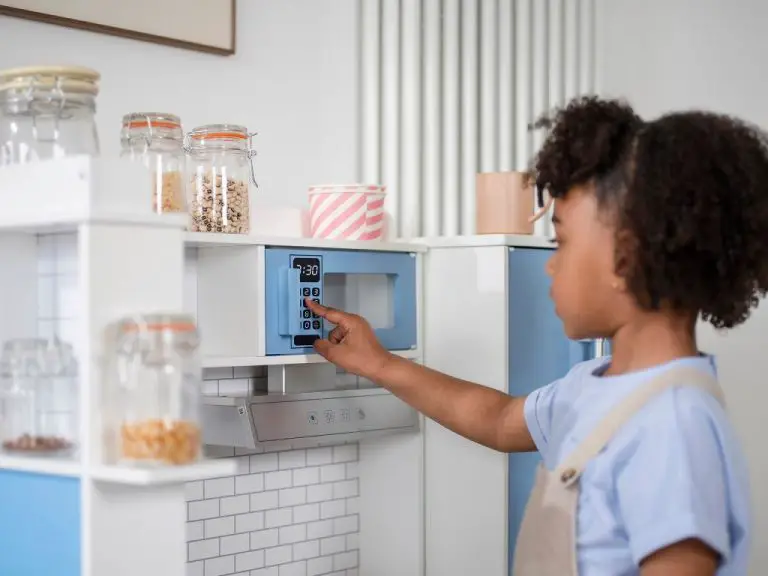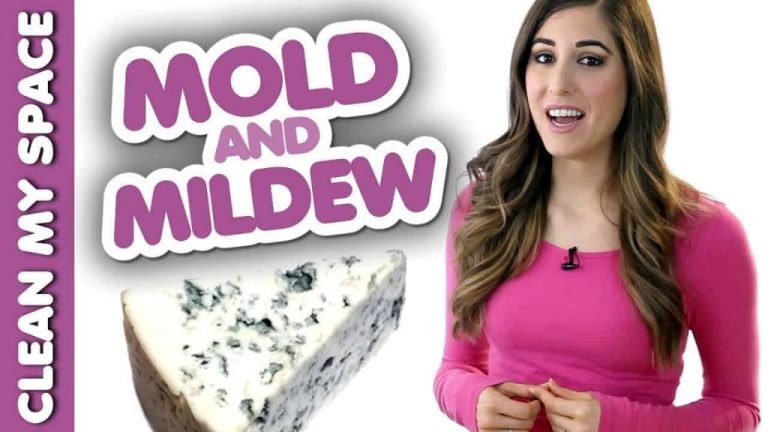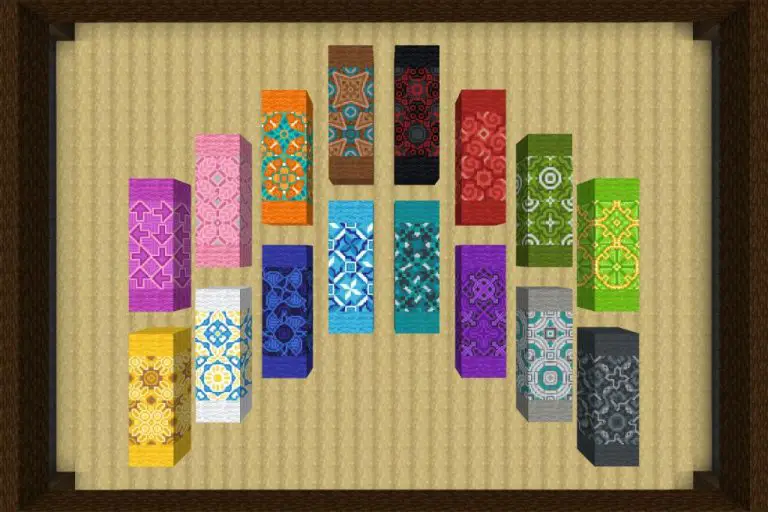How To Make Clay Models At Home?
Creating clay models at home is a fun and creative hobby for both kids and adults. It allows you to make decorative pieces, miniature figurines, homemade gifts, and more. Modeling with clay is also a great way to relax and express your artistic side.
There are many different types of clay you can use for modeling at home, such as air-dry clay, polymer clay, and cold porcelain. Each type has its own properties that affect the finishing results. Air-dry clay is inexpensive and easy to work with, while polymer clay produces more durable pieces. Cold porcelain has a smooth, porcelain-like finish when baked.
The great thing about clay modeling as a hobby is that you don’t need much space or expensive equipment. With some simple household materials and tools, you’ll be crafting your own unique clay creations in no time. This guide will walk you through the basics of making clay models at home, from choosing a clay type to displaying your finished pieces.
Gather Materials
To make clay models at home, you’ll first need to gather some basic supplies. The main material is, of course, clay. For modeling at home, air-dry clay is a good choice. Air-dry clay can be found at most craft stores and doesn’t require any special tools or oven baking. You’ll also want some basic sculpting tools, like a rolling pin to flatten the clay and sculpting tools like looping tools, knives, and ribs to shape the clay. For storing leftover clay, have a plastic container or zip top bag on hand.
Here’s a full list of suggested materials to gather before starting:
- Air-dry clay – Look for clay labeled “air-dry” at craft stores. Choose white or terra cotta for painting later.
- Clay sculpting tools – Like loops, ribs, rubber tips, etc. Simple kitchen tools can also work.
- Rolling pin – For flattening clay. Can also use a spare wine bottle.
- Plastic container – To store unused clay. Zip top bags also work.
Once you have these basic supplies, you’ll be ready to start sculpting clay models at home.
Choose a Clay Type
There are two main types of clay that work well for modeling at home – air-dry clay and polymer clay. Each has different properties that make them suitable for various projects.
Air-dry clay is water-based and hardens as it dries out. It’s an affordable, mess-free option good for beginners and kids. Air-dry clay is lightweight but prone to cracking as it dries. Finished pieces are porous and delicate. Use air-dry clay for simple decorative items, ornaments, and temporary sculptures.
Polymer clay is an oil-based modeling compound that cures when baked in a regular oven. It’s smooth, flexible, and strong when hardened. Polymer clay won’t dry out when exposed to air. It provides durability for detailed sculptures, jewelry, and items meant to last. Polymer clay comes in many colors, allowing you to mix custom shades.
Consider the color of clay you choose as well. Neutral tones like white, grey or brown give you a blank canvas to paint later. Start with primary colors to easily mix the shades you want. Or pick bold, vibrant colors for eye-catching models.
Prepare Your Workspace
When working with clay, it’s important to prepare your workspace properly. This will make sculpting easier and help protect your surfaces.
Cover your table or workspace with newspaper, plastic sheeting, or some other protective material. Raw clay can stain furniture, carpets, and other surfaces, so make sure your workspace is fully covered.
Have a cup or bowl of water nearby to wet your clay as needed. Keeping the clay moist will make it easier to work with. The water will also allow you to smooth out rough areas in your sculpture.
Ensure you have good overhead and task lighting. Proper lighting will allow you to see the fine details of your clay model as you sculpt. Avoid working in shadows or low light.
Setting up your workspace thoughtfully will create the ideal environment for sculpting clay masterpieces at home.
Knead the Clay
Kneading is a crucial step that makes the clay soft and pliable for sculpting. It also removes any air bubbles that may be trapped in the clay. Here are some tips for effective kneading:
– Knead the clay for 5-10 minutes. Set a timer if needed. This allows the warmth of your hands to soften the clay.
– Apply even, firm pressure as you knead. Fold the clay over itself and press into it with the palms of your hands.
– Knead in all directions. Turn the clay lump as you knead to make sure all areas are worked.
– Listen for popping sounds. This indicates trapped air bubbles being released from the clay.
– Keep surfaces moist. If the clay starts to crack or dry, wet your hands slightly.
– When the clay is smooth, pliable, and bubble free, it’s ready for sculpting. Avoid over-kneading as clay can become difficult to work with.
Start Sculpting
Once your clay is kneaded and ready, it’s time to start sculpting your model. Here are some tips for the sculpting process:
Begin by shaping the overall form of your model with your hands. Pinch, roll, and smooth the clay into the basic shape you want. Work slowly and carefully. Adding water can help smooth the surface.
Use basic sculpting tools like wooden sticks, popsicle sticks, and clay sculpting tools to add details. Make lines and textures by pressing tools into the clay. Carve away clay to refine shapes. Cut shapes using wire or dental tools.
Use different tips and ends of sculpting tools to create effects like dots, lines, swirls, etc. Impress objects with patterns like lace into the clay.
Refine shapes further by smoothing the surface. Use your fingers, water, clay tools or a rubbing alcohol solution to gently blend away fingerprints and smooth over rough areas.
Use razor blades, knives, or clay loop tools to carefully cut away excess clay and sharpen edges. Work slowly to avoid tearing the clay.
Continue adding finer and finer details as desired with various sculpting tools. Add textures, designs, facial expressions, etc.
Let It Dry
Once you’ve sculpted your clay model, it’s important to let it dry thoroughly before moving to the next steps. The amount of drying time needed will depend on the type of clay you used.
Air-dry clays made of natural ingredients will take longer, usually 24-48 hours if the model is only 1/4 to 1/2 inch thick. Let air-dry clay models dry in a warm, dry area out of direct sunlight. You can help speed up drying time by placing the model near a fan or dehumidifier.
Polymer clays that cure in the oven will air dry to a certain point in a few hours but won’t fully harden until baked. Let polymer clay models sit at room temperature overnight before baking if the sculpture is delicate. Store any unfinished polymer clay work-in-progress in a sealed plastic bag or airtight container.
Test the model occasionally as it dries. If it still feels cool and flexible, it needs more time. When properly dried, the model will feel solid, be uniform in color, and resistant to light pressure.
Add Decorations
Decorating your clay models can bring them to life with color, texture, and visual interest. There are several techniques you can use to embellish your clay creations.
Painting Clay Models
Acrylic paints work great for painting clay. Make sure to use acrylics formulated for clay, ceramic, and porcelain. These are specially designed to bond to the clay surface. Thin the paint slightly with water so it glides on smoothly. Use a small paintbrush to apply paint in thin, even layers. Let each layer dry before adding another coat. You can create designs, patterns, landscapes, or any theme you like.
Glazing and Varnishing
For a glossy finish and decorative color effects, glaze your clay model with ceramic glaze. Brush or dip the glaze on the surface and allow to fully dry. You can also use acrylic varnish or polyurethane as a protective topcoat after painting. This seals the paint and gives the models a polished look.
Attaching Extra Materials
Consider attaching additional items to your clay models to make them more interesting. You can press small beads, shells, stones, glitter, or sequins into the clay before it fully hardens. Or use hot glue to attach larger items like buttons, fabrics, corks, or found objects. Get creative with the materials and let your imagination run wild!
Create a Scene
Once you have sculpted all the individual models you want for your scene, it’s time to assemble them into a cohesive diorama. Choose a sturdy base like wood, cardboard or plastic to serve as the foundation. You may want to paint the base first before attaching your models.
Think about the story you want to tell or the setting you want to create. Arrange the models in a logical way that supports the narrative. Make sure to leave some open space between the models so the scene doesn’t look too crowded.
Add some finishing touches like fake grass, rocks or trees to complete the environment. You can find miniature accessories like these at craft stores. Splashes of color from painted backgrounds or paper cut-outs also help set the scene.
Get creative with how you display your models! Set up a farm scene in a cardboard box, or place fantastical creatures on top of stacks of books. The base you choose can become part of the storytelling.
Your homemade clay scene will tap into your imagination and storytelling skills. The hands-on process of crafting the models yourself makes it even more personal and special. Let your creativity shine through as you assemble your tiny handmade world.
Display Your Models
Once your clay models are completely dry, it’s time to display them! Here are some tips for nicely showcasing your finished pieces:
Ways to Nicely Display Finished Pieces
Clay models make great decorations around the home. Here are some display ideas:
- Create a dedicated shelf or cabinet to exhibit your collection of clay models.
- Make a clay model scene inside a glass terrarium or clear plastic container.
- Place individual pieces on shelves, windowsills, side tables, or bookshelves around your home.
- Set up a model train track or cityscape with clay houses, trees, and figurines.
- Suspend clay animals or objects from the ceiling with fishing line.
Get creative with your display! Adjust lighting, backgrounds, and positioning to make your models look their best.
Preserving Clay Models Long-Term
To make your clay creations last:
- Spray finished pieces with clear acrylic sealer to protect the clay surface.
- Avoid direct sunlight which can cause fading. Keep models out of reach of pets and kids.
- For extra strength, bake polymer clay pieces for a few minutes according to package directions.
- Store fragile clay models covered in plastic when not on display.
- Consider making reproductions of favorite pieces in case of damage.
With proper care, your clay models can stay looking great for years to come!




